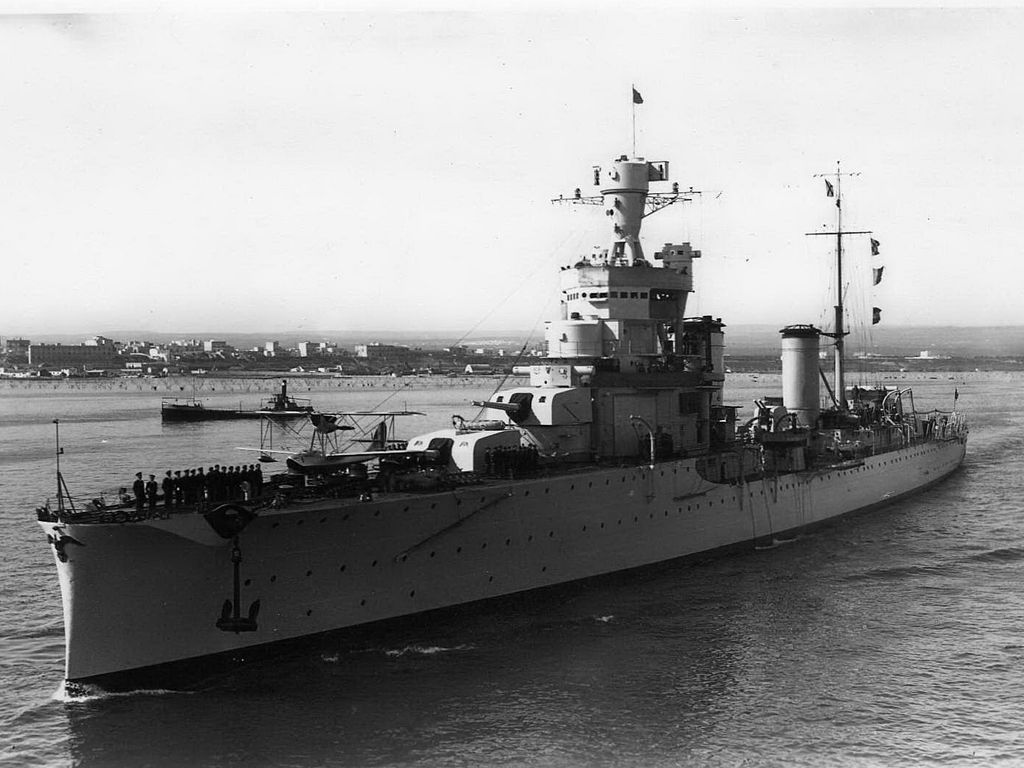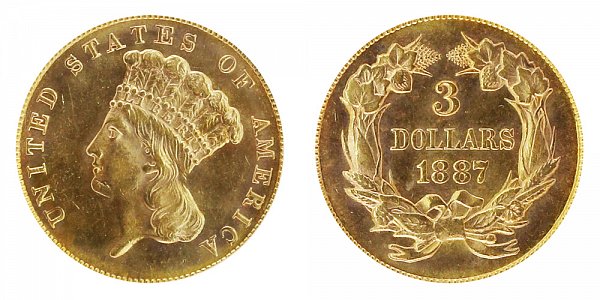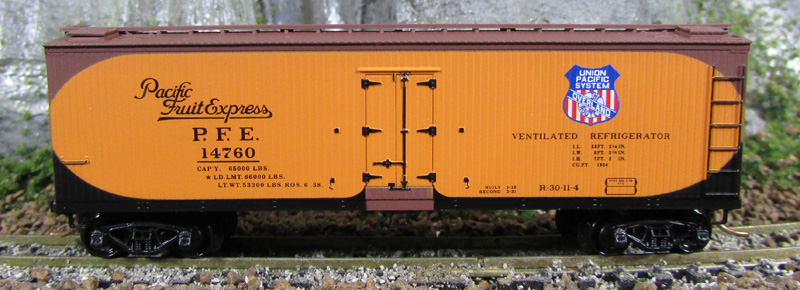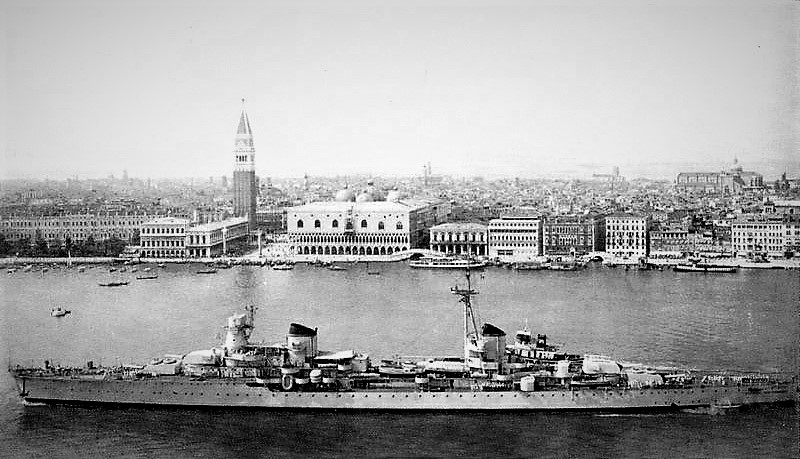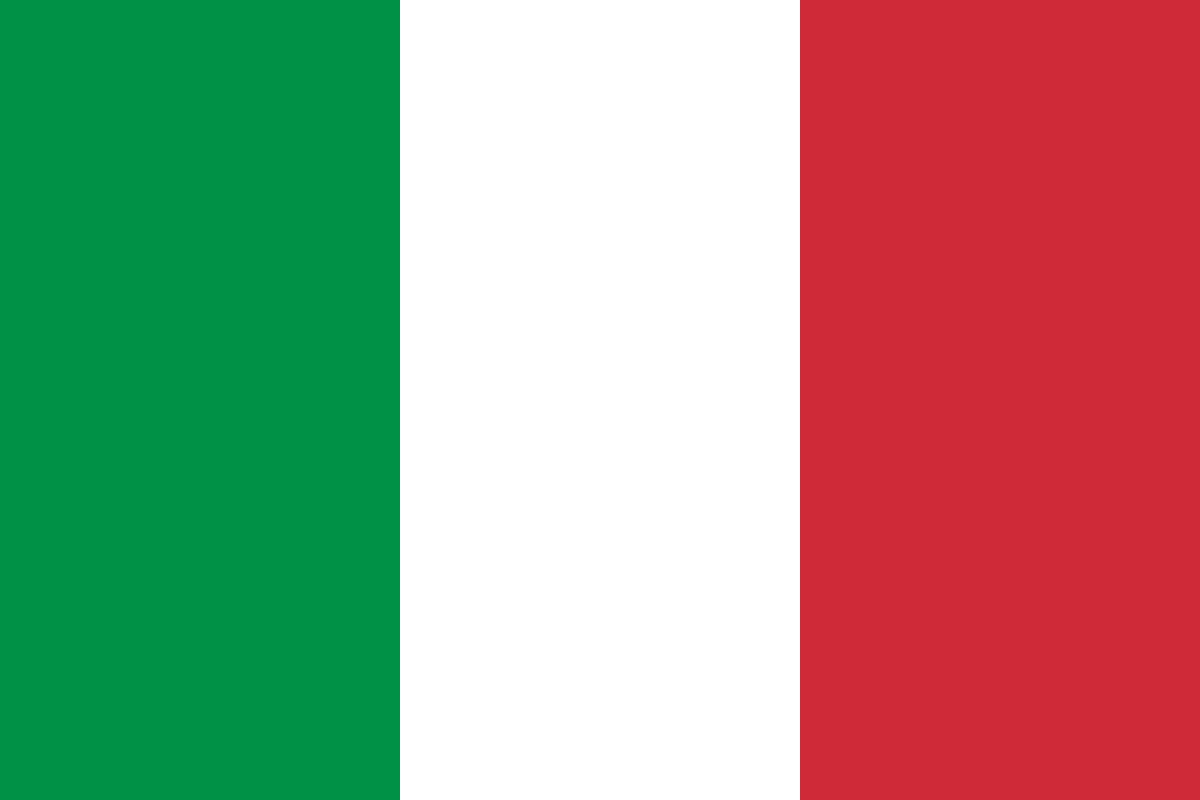History: Alberto da Giussano (named after Alberto da Giussano, a fictional medieval military leader condottiero) was an Italian Giussano-class cruiser, which served in the Regia Marina during World War II. She was launched on 27 April 1930. She participated in the normal peacetime activities of the fleet in the 1930s as a unit of the 2nd Squadron, including service in connection with the Spanish Civil War. On 10 June 1940 she was part of the 4th Cruiser Division, with the 1st Squadron, together with her sister ship Alberico da Barbiano and was present at the Battle of Punta Stilo in July. She carried out a minelaying sortie off Pantelleria in August, and for the rest of the year acted as distant cover on occasions for troop and supply convoys to North Africa.
On 12 December 1941 she left port together with her sister ship Alberico da Barbiano. Both she and her sister were being used for an emergency convoy to carry gasoline for the German and Italian mobile formations fighting with the Afrika Korps. Jerry cans and other metal containers filled with gasoline were loaded onto both cruisers and were placed on the ships' open decks. The thinking behind using these two cruisers for such a dangerous mission was that their speed would act as a protection. Nonetheless, the ships were intercepted by four Allied destroyers guided by radar on 13 December 1941, in the Battle of Cape Bon. Alberto da Giussano was able to fire only three salvos before being struck by a torpedo amidships and hit by gunfire, which left her disabled and dead in the water. After vain struggle to halt the fire, the crew had to abandon the ship, which broke in two and sank at 4.22. 283 men out of the 720 aboard lost their lives. The ship's commanding officer, Captain Giovanni Marabotto, was among the survivors.
On 12 December 1941 she left port together with her sister ship Alberico da Barbiano. Both she and her sister were being used for an emergency convoy to carry gasoline for the German and Italian mobile formations fighting with the Afrika Korps. Jerry cans and other metal containers filled with gasoline were loaded onto both cruisers and were placed on the ships' open decks. The thinking behind using these two cruisers for such a dangerous mission was that their speed would act as a protection. Nonetheless, the ships were intercepted by four Allied destroyers guided by radar on 13 December 1941, in the Battle of Cape Bon. Alberto da Giussano was able to fire only three salvos before being struck by a torpedo amidships and hit by gunfire, which left her disabled and dead in the water. After vain struggle to halt the fire, the crew had to abandon the ship, which broke in two and sank at 4.22. 283 men out of the 720 aboard lost their lives. The ship's commanding officer, Captain Giovanni Marabotto, was among the survivors.
Class: The Condottieri class was a sequence of five, different, light cruiser classes of the Regia Marina (Italian Navy), although these classes show a clear line of evolution. They were built before World War II to gain predominance in the Mediterranean Sea. The ships were named after military commanders (condottieri) of Italian history. All ships served in the Mediterranean during World War II. Each class is known after the first ship of the group.
The ships of the first two subclasses (with the exception of Cadorna) were all lost by 1942, primarily to enemy torpedoes (with Colleoni sunk by destroyers at the Battle of Cape Spada after being crippled by HMAS Sydney, da Barbiano and da Giussano suffering a similar fate at the Battle of Cape Bon, and Diaz sunk by a submarine), which led to many authors (including Preston) to question their real value as fighting ships. However, the subsequent vessels fared considerably better with all, except Attendolo (sunk by an Allied bombing in December 1942), surviving the war.
After the end of the war, the Eugenio di Savoia and the Duca d'Aosta were given respectively to the Greek Navy and the Soviet Navy as war reparations; the Cadorna was quickly stricken, the Montecuccoli became a training ship, and the two Abruzzi served on in the Marina Militare until the 1970s, with Garibaldi becoming in 1961 the first European guided missile cruiser.
The ships of the first two subclasses (with the exception of Cadorna) were all lost by 1942, primarily to enemy torpedoes (with Colleoni sunk by destroyers at the Battle of Cape Spada after being crippled by HMAS Sydney, da Barbiano and da Giussano suffering a similar fate at the Battle of Cape Bon, and Diaz sunk by a submarine), which led to many authors (including Preston) to question their real value as fighting ships. However, the subsequent vessels fared considerably better with all, except Attendolo (sunk by an Allied bombing in December 1942), surviving the war.
After the end of the war, the Eugenio di Savoia and the Duca d'Aosta were given respectively to the Greek Navy and the Soviet Navy as war reparations; the Cadorna was quickly stricken, the Montecuccoli became a training ship, and the two Abruzzi served on in the Marina Militare until the 1970s, with Garibaldi becoming in 1961 the first European guided missile cruiser.
Nationality: Italy, a European country with a long Mediterranean coastline, has left a powerful mark on Western culture and cuisine. Its capital, Rome, is home to the Vatican as well as landmark art and ancient ruins. Other major cities include Florence, with Renaissance masterpieces such as Michelangelo’s "David" and Brunelleschi's Duomo; Venice, the city of canals; and Milan, Italy’s fashion capital.
Item created by: gdm on 2019-04-30 08:53:36
If you see errors or missing data in this entry, please feel free to log in and edit it. Anyone with a Gmail account can log in instantly.
If you see errors or missing data in this entry, please feel free to log in and edit it. Anyone with a Gmail account can log in instantly.


